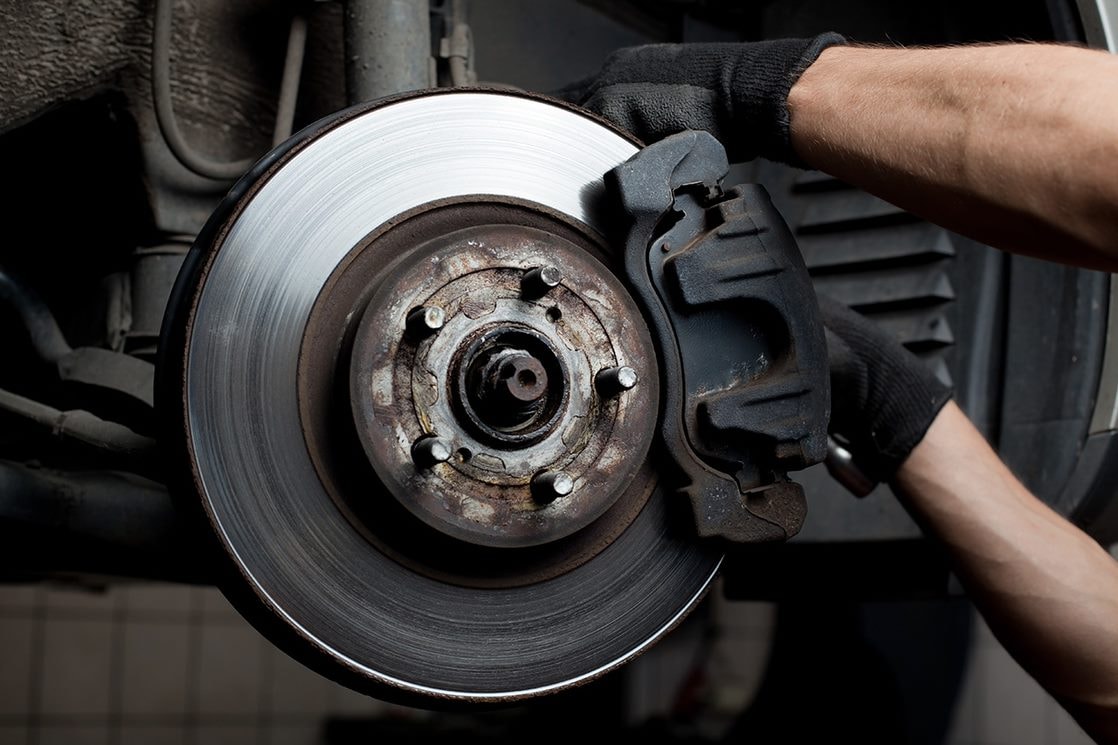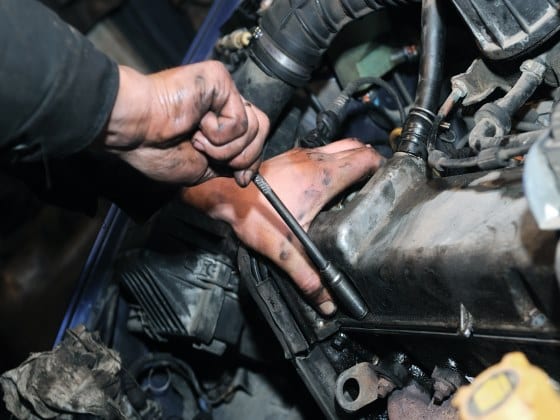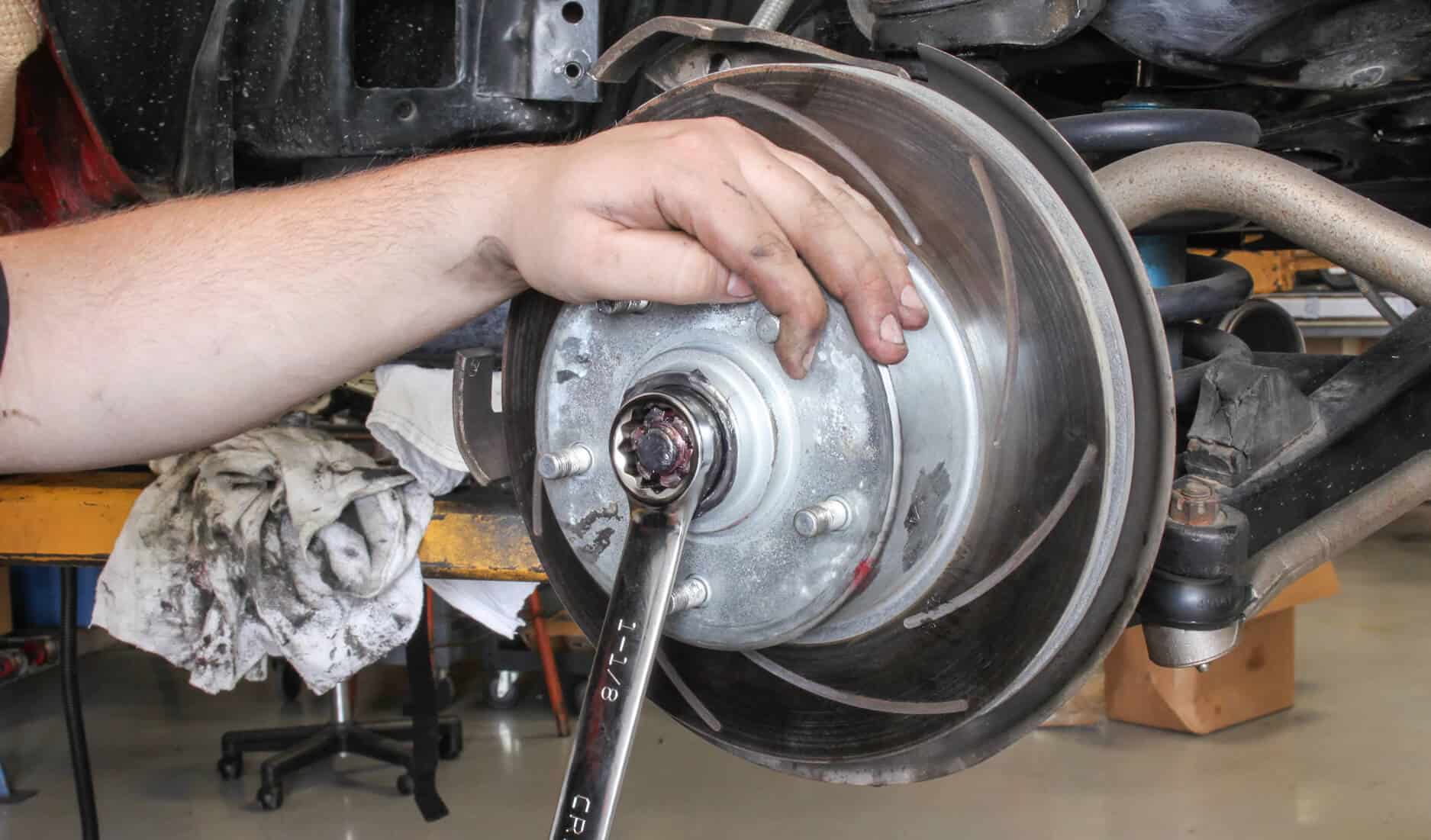Introduction
- Introduce the critical role of brake fluid in ensuring safe and reliable braking performance.
- Highlight the importance of regular maintenance and flushing to maintain optimal brake system operation.

1. Understanding Brake Fluid
- Function: Explain how brake fluid transfers force from the brake pedal to the brake components, enabling effective braking action.
- Types of Brake Fluid: Overview of different types (DOT 3, DOT 4, DOT 5.1) and their compatibility with various brake systems.
2. Signs of Brake Fluid Issues
- Warning Signs: Identify symptoms such as soft or spongy brake pedal, longer stopping distances, brake fluid leaks, and dashboard warning lights.
- Brake Fluid Inspection: Methods for checking fluid level and condition to determine if flushing is necessary.
3. Importance of Brake Fluid Flush
- Preventing Brake Fade: Discuss how flushing removes moisture, air bubbles, and contaminants that can compromise brake performance.
- Extending Component Life: Benefits of flushing in preventing corrosion and maintaining the integrity of brake system components.
4. DIY Brake Fluid Flush Procedure
- Tools and Materials: List of tools needed (e.g., brake fluid, turkey baster or syringe, wrench, clear tubing) for a DIY flush.
- Step-by-Step Process: Detailed instructions on how to perform a brake fluid flush at home, including bleeding the brake lines to remove old fluid.
- Safety Precautions: Emphasize safety measures such as using gloves, eye protection, and ensuring proper disposal of old brake fluid.
5. Professional Servicing
- When to Seek Professional Help: Reasons to consult a certified mechanic or technician for complex brake fluid flushes, especially for ABS-equipped vehicles.
- Professional Inspection: Importance of professional inspection to check for leaks, inspect brake lines, calipers, and master cylinder for wear or damage.
6. Maintenance Tips
- Regular Inspection: Establishing a schedule for checking brake fluid levels and condition, especially before long trips or seasonal changes.
- Fluid Compatibility: Ensuring the correct type of brake fluid is used as specified by the vehicle manufacturer to avoid compatibility issues.
- Brake System Bleeding: Techniques for bleeding air from the brake system to ensure firm pedal feel and optimal braking response.
7. Long-Term Benefits
- Improved Safety: Highlighting how regular maintenance and flushing contribute to safer braking and reduced risk of brake failure.
- Cost Savings: Emphasize how preventive maintenance can reduce repair costs by extending the life of brake components and minimizing brake system repairs.
Conclusion
- Recap the importance of brake fluid flushes in maintaining safe and reliable braking performance.
- Encourage vehicle owners to prioritize regular maintenance and flushing to ensure optimal brake system operation and safety.
- Stress the role of proactive maintenance in enhancing vehicle reliability, performance, and overall driving experience.
By following these maintenance tips and best practices, vehicle owners can effectively manage their brake fluid, optimize braking performance, and ensure safe driving conditions over the life of their vehicles.



